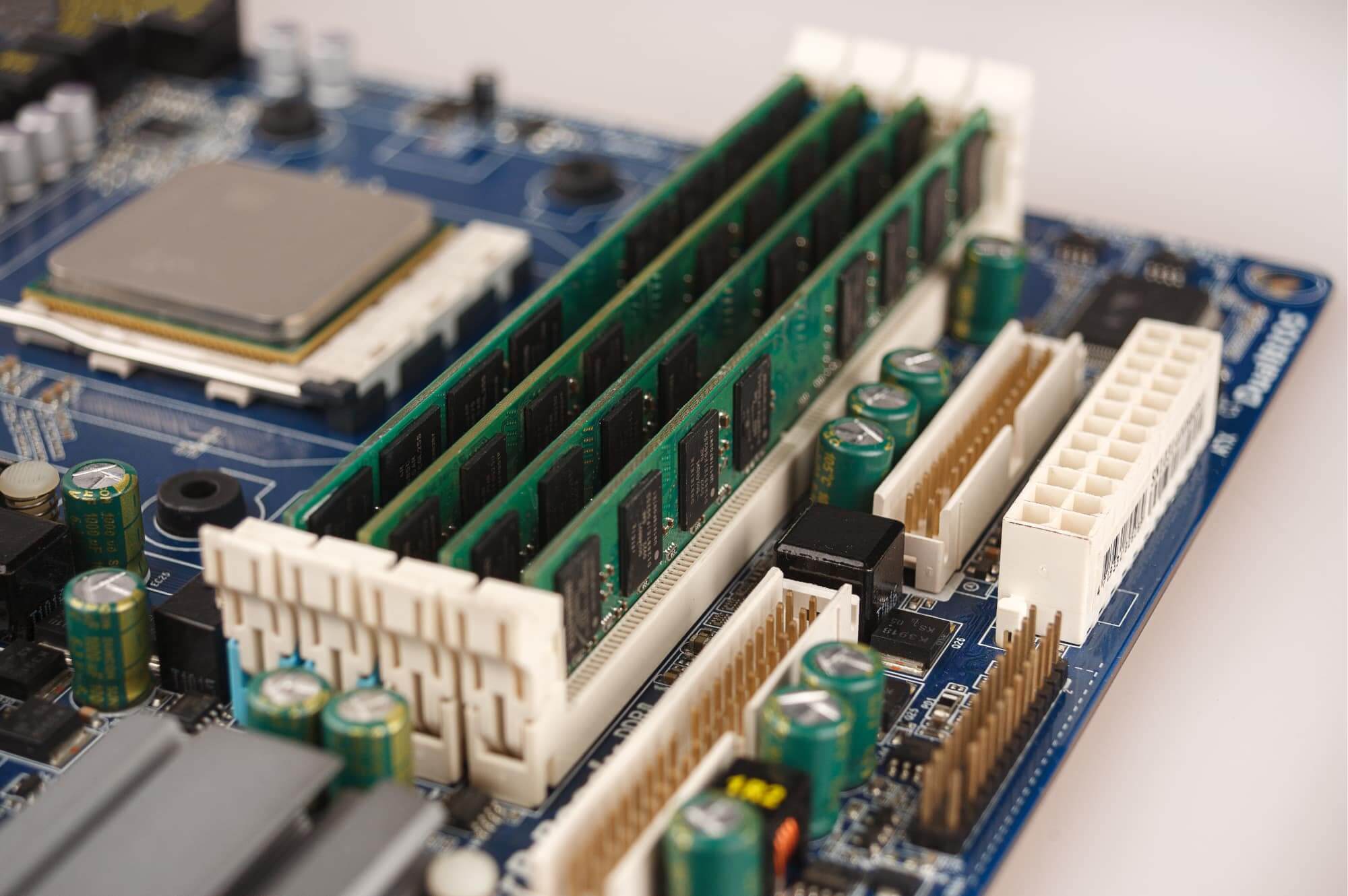The CPU and RAM play significant roles in the overall performance and functionality of a computer.
This article aims to provide a comprehensive overview of these essential components.
It performs a wide range of tasks, from handling basic arithmetic operations to complex data processing.

The CPU receives instructions from the computers memory, decodes them, and executes the necessary operations.
The clock speed determines the number of instructions the CPU can execute per second.
A higher clock speed generally indicates a faster and more powerful CPU.
Lets explore some of the key functions of the CPU:
1.
It also performs logical operations like comparing values, checking conditions, and determining the outcome of logical expressions.
Control Unit:The control unit of the CPU manages the flow of instructions and data within the CPU.
It coordinates the operations of other components, such as memory, input/output devices, and the ALU.
Fetch-Decode-Execute Cycle:The CPU follows a series of steps known as the fetch-decode-execute cycle.
This cycle repeats continuously, enabling the CPU to execute multiple instructions in sequence.
Interrupts can be generated by hardware devices, software requests, or external events.
Lets explore some of the different types of CPUs:
1.
While single-core CPUs are less powerful compared to multi-core processors, they can still handle basic computing tasks efficiently.
Multi-Core CPU:Multi-core CPUs feature multiple processing cores on a single chip.
Each core can handle separate instructions simultaneously, allowing for parallel processing.
Dual-Core CPU:A dual-core CPU contains two separate cores on a single chip.
This configuration offers better performance than single-core CPUs, as it can handle more instructions simultaneously.
Dual-core CPUs are commonly found in laptops and entry-level desktop computers.
They excel in handling heavy workloads and resource-demanding applications.
Octa-Core CPU:Octa-core CPUs boast eight processing cores, delivering exceptional performance in demanding tasks.
They are often found in high-end desktop computers and servers that require substantial processing power.
Mobile CPUs:Mobile CPUs are designed specifically for smartphones, tablets, and other portable devices.
They prioritize power efficiency and performance optimization to provide a balance between processing power and battery life.
Server CPUs:Server CPUs are specially designed for data centers and server environments.
Its important to choose a CPU that aligns with your specific computing requirements.
It is often referred to as the computers short-term memory or working memory.
RAM is composed of electronic circuits and memory modules that can quickly read and write data.
RAM operates at a much higher speed compared to storage devices like hard drives or solid-state drives.
It is worth noting that when choosing RAM, compatibility with the motherboard is essential.
Functions of RAM
Random Access Memory (RAM) serves several important functions in a computer system.
Lets explore the key functions of RAM:
1.
This includes program instructions, data files, and system processes.
Program Execution:When a program is executed, the instructions and required data are loaded into RAM.
The CPU accesses these instructions and data from RAM, allowing for fast and efficient program execution.
The larger the RAM capacity, the more programs and processes can be loaded and executed simultaneously.
This allows the CPU to quickly retrieve and process data, resulting in improved overall system performance and responsiveness.
Virtual Memory Management:RAM also plays a crucial role in the management of virtual memory.
Caching:RAM serves as a cache for frequently accessed data.
Programs and files that are accessed frequently are stored in RAM, allowing for faster retrieval and execution.
Caching helps to optimize system performance by reducing the time it takes to access frequently used data.
Once the computer is rebooted, RAM is ready to receive new data and instructions.
Overall, RAM plays a critical role in enhancing the performance and functionality of a computer system.
Lets explore some of the different types of RAM:
1.
Dynamic RAM (DRAM):DRAM is the most common key in of RAM found in computer systems.
It stores each bit of data in a separate memory cell within the integrated circuit.
However, it offers a higher storage capacity and is more cost-effective.
It operates at a specific clock speed, allowing for faster and more efficient data transfers.
Unlike DRAM, it does not require constant refreshing and offers faster access times.
Non-Volatile RAM:Non-volatile RAM (NVRAM) retains its data even when the computer is powered off.
Examples of NVRAM include Flash memory and Ferroelectric RAM (FeRAM).
Role:The CPU acts as the brain of the computer, controlling and coordinating all activities.
It performs calculations, manages data, and executes instructions.
RAM serves as the computers short-term memory, storing data that the CPU can quickly access and manipulate.
Storage Capacity:The CPU does not provide storage capacity for data.
It can only hold a limited amount of data within its internal registers.
Data Access:The CPU retrieves and processes data from RAM during program execution.
The frequency and efficiency of data access can impact overall system performance.
Data Persistence:CPU operations are temporary and volatile.
Data processed by the CPU is not permanently stored unless written to a storage rig.
In contrast, data temporarily stored in RAM is lost once the computer is powered off or restarted.
Impact on System Performance:Both the CPU and RAM have a significant impact on system performance.
Balance and Optimization:Achieving a balance between the CPU and RAM is crucial for optimal system performance.
In summary, the CPU and RAM are integral components of a computer system.
The CPU handles computation and instruction execution, while RAM provides temporary storage for data.
Both components work in conjunction to determine the overall performance, speed, and functionality of a computer.
RAM plays a vital role in the overall performance and functionality of a computer system.
It provides a high-speed working space for the CPU, allowing for quick access and manipulation of data.
Choosing the right CPU and RAM combination is crucial for optimal system performance.
These components must be balanced to avoid bottlenecks and ensure efficient utilization of system resources.